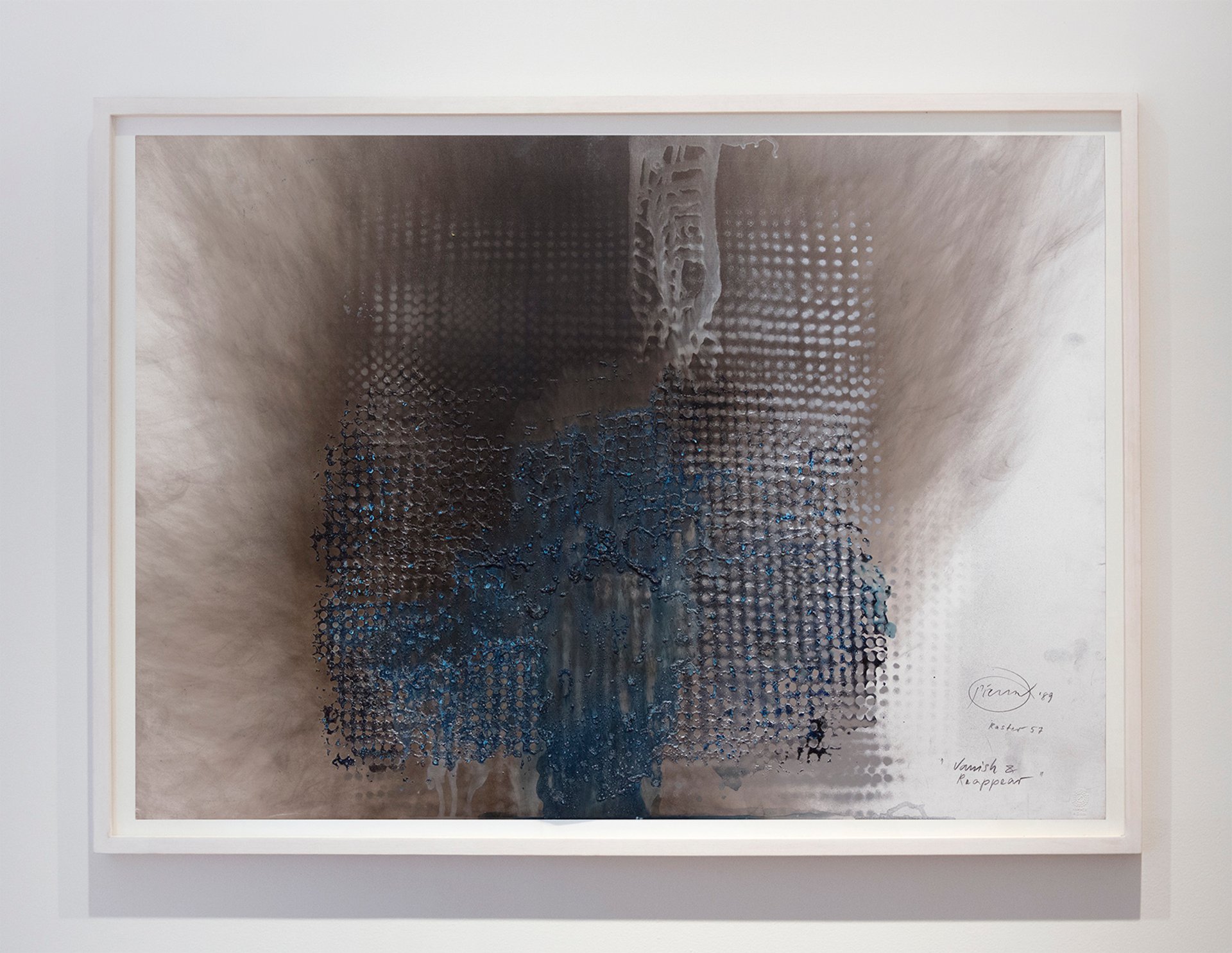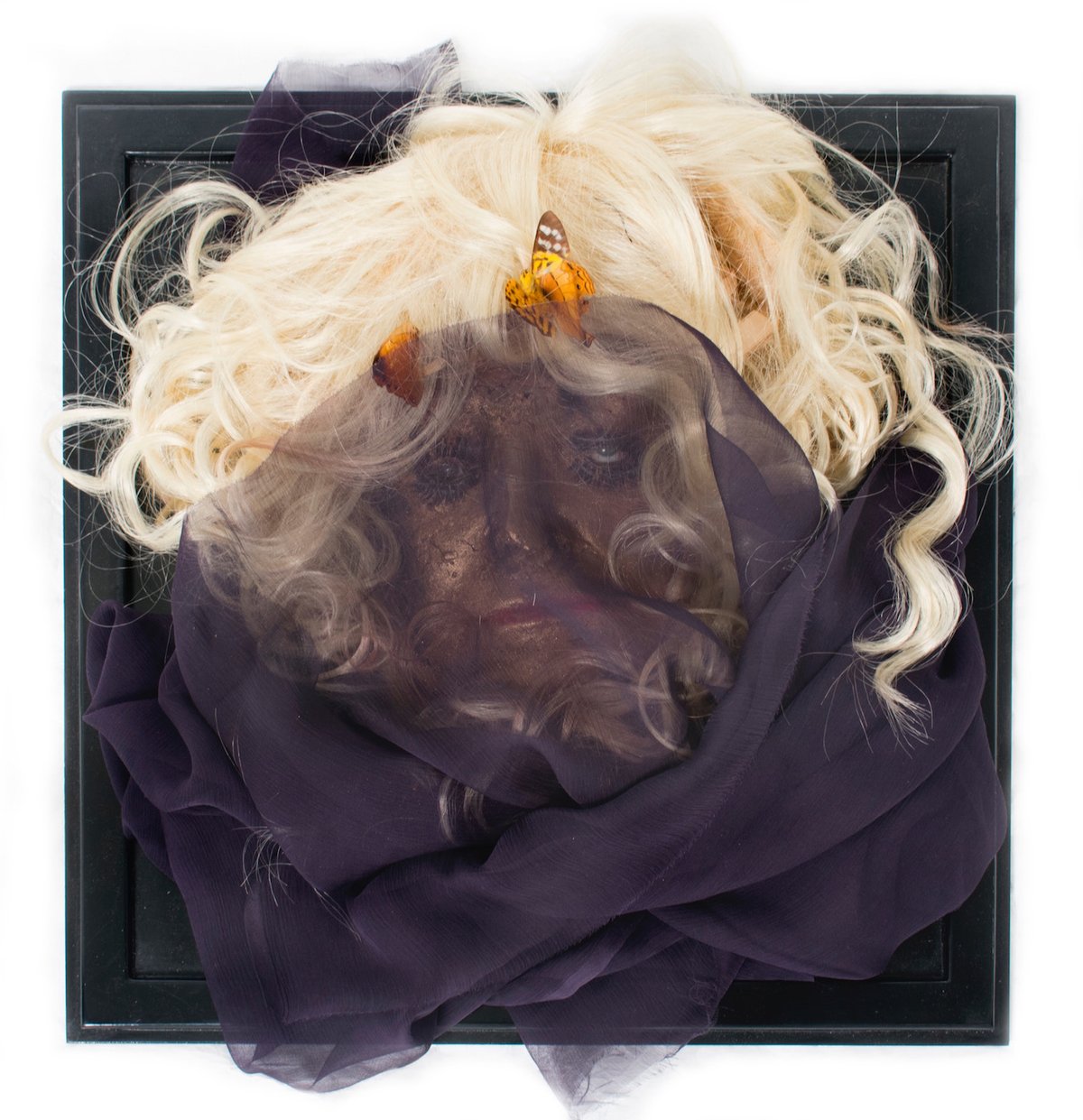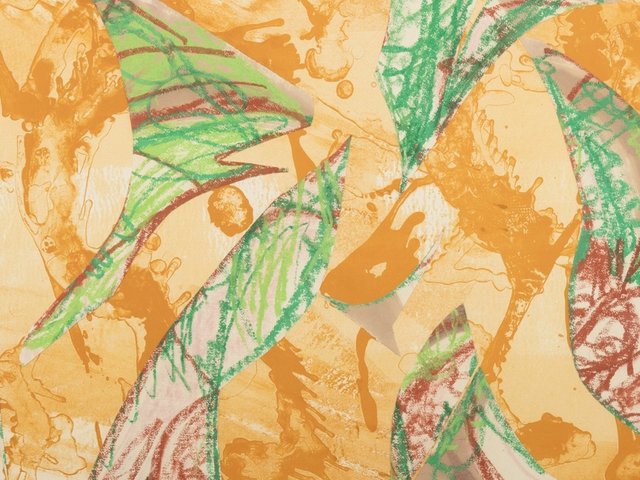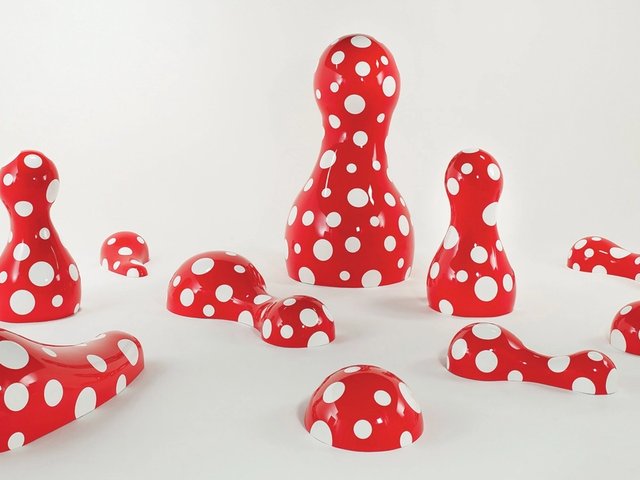As the Art Dealers Association of America’s annual Art Show (28 February-4 March) opened its 30th edition to VIPs yesterday at New York’s Park Avenue Armory, some founding exhibitors were reflecting on how the market, both local and global, had changed in the past three decades.
“The big question was, would anyone come?” says the dealer Maxwell Davidson of the inaugural 1989 fair. The art fair concept was a European import, but one that seemed necessary to the dealers’ association at a time when its members were facing stiff competition from the auction houses. “Today,” Davidson says, “the market is bigger, but it’s much thinner.”
Andrew Schoelkopf, now a director at Menconi + Schoelkopf, was a youngster pressed into service by his dealer parents on opening night. “They’d never done an art fair before,” he says. “We had an extraordinary, big bronze by Elie Nadelman and a Stuart Davis. We sold three or four things that night. It was an exciting moment.”
But only a few dealers saw a similar flurry of business during the Tuesday night preview. Sean Kelly found a dozen takers on clever new cut-out editions by Jose Dávila, which playfully reference Picasso and Calder ($18,000-$45,000). David Zwirner continued its 25th anniversary celebration with a salon-style hang of one work apiece by each of its 50 artists. They ranged from a drawing by new recruit Rose Wylie ($5,000) to a tiny, much-admired Fred Sandback relief ($250,000), with “quite a few” sales in the first few hours, according to director Veronique Ansorge. Schoelkopf, fielding inquiries on a Marsden Hartley ($1.85m) and a trio of Oscar Bluemner paintings on paper ($750,000-$2.45m), says the market for American Modernism is “the best it’s ever been”.
Fewer dealers than in recent years chose to unveil new bodies of work. However, Lehmann Maupin mounted new Yosemite landscape photographs by Catherine Opie, paired with the artist’s first forays into forest-themed ceramics. At David Nolan Gallery, Wardell Milan's collages exploring gender identities came fresh from the framer. Nicole Eisenman contributed new drawings inspired by a group of 1950s pre-Pop works by Andy Warhol, both of which were on offer at Anton Kern ($18,000-$26,000 for Eisenman’s; $35,000-$100,000 for Warhol’s).
Michael Werner’s booth had just three Peter Saul paintings, all dated 2018, including a depiction of Donald Trump’s signature coif, a garish, contemporary take on history painting. “They’re demanding works,” says Gordon VeneKlasen, the gallery’s director, “but he’s a hero to so many artists.” One had sold, another was on hold.
Anglim Gilbert, presenting Lynn Hershman Leeson, took the concept of rediscovery literally: the drawings and collages on view, among the artist’s earliest, had been forgotten, packed away in storage until recently. According to Leeson, two of the pieces—motion-detecting “breathing machines” featuring wax casts of women’s heads—had been pulled from a show at the University of California, Berkeley, in 1968, two days after it opened. “They wanted me to show drawings,” Leeson says. “Sound, I thought, was a bit like a drawing, a wave in space. They said, ‘Media doesn’t belong in a museum.’”

Otto Piene, Vanish & Reappear (1957/1989) Sperone Westwater
PPOW devoted its booth to the 80-year-old Dotty Attie, whom the gallery has shown since 1988, mixing some of her earliest drawings, reworkings of Old Masters, with new re-paintings of found imagery spliced with snippets of text or words from radio jingles, hung as a grid of small squares. “She has really followed her own course,” says the gallery’s Wendy Olsoff of Attie, who was a co-founder of the A.I.R. feminist gallery co-op.
Equally offbeat, Locks Gallery paired boxes by Joseph Cornell and the late Philadelphia artist Thomas Chimes. It was the dealer’s first outing with Chimes’s metal wall boxes (1965-73), which are suggestive of control panels, reliquaries and carnival games. Many include simple mechanical components that invite play, but like Cornell’s before him, ultimately resist resolution; works on the stand went up to $100,000.
Such focused, solo or dual-artist reappraisals have become a signature of the Art Show, and many dealers relish the opportunity to mount more selective or challenging works on the small stands. “The intimate scale encourages close looking,” says Maureen Bray, the ADAA’s incoming executive director, who took over from Linda Blumberg last month. She thinks the fair’s long history and non-profit status “give it additional gravitas”.
It was sometimes difficult to tell, however, when intimacy became a euphemism for thin attendance or sales. The Art Show is usually timed to align with the Armory Show, but due to a date change, that event opens next week, which some ADAA exhibitors think is an issue.
Asked if there was any benefit for the Art Show going first, VeneKlasen replied, “None at all. I know 25 collectors coming in next week who aren’t here.”
“I do think it is a shame,” says Sean Kelly, who serves on the Armory Show’s committee. “The Art Show is known as a ‘zip code fair’, which is actually what I like about it. By divorcing the two, you’ve split the audience,” he says. “It’s going to have an impact.”
But the Art Show remains a haven for those who go with open eyes. The Connecticut-based private dealer Thomas Colville, who normally focuses on 19th-century American art, had hung what he describes as a “personal” project highlighting artistic treatments that link historically disparate works in small groups, from pre-Columbian sculpture to works by Motherwell and Nevelson. “Some people scan the booth, realise there are no trophy names, and walk on by. Others whose taste I respect, they get it,” he says.




